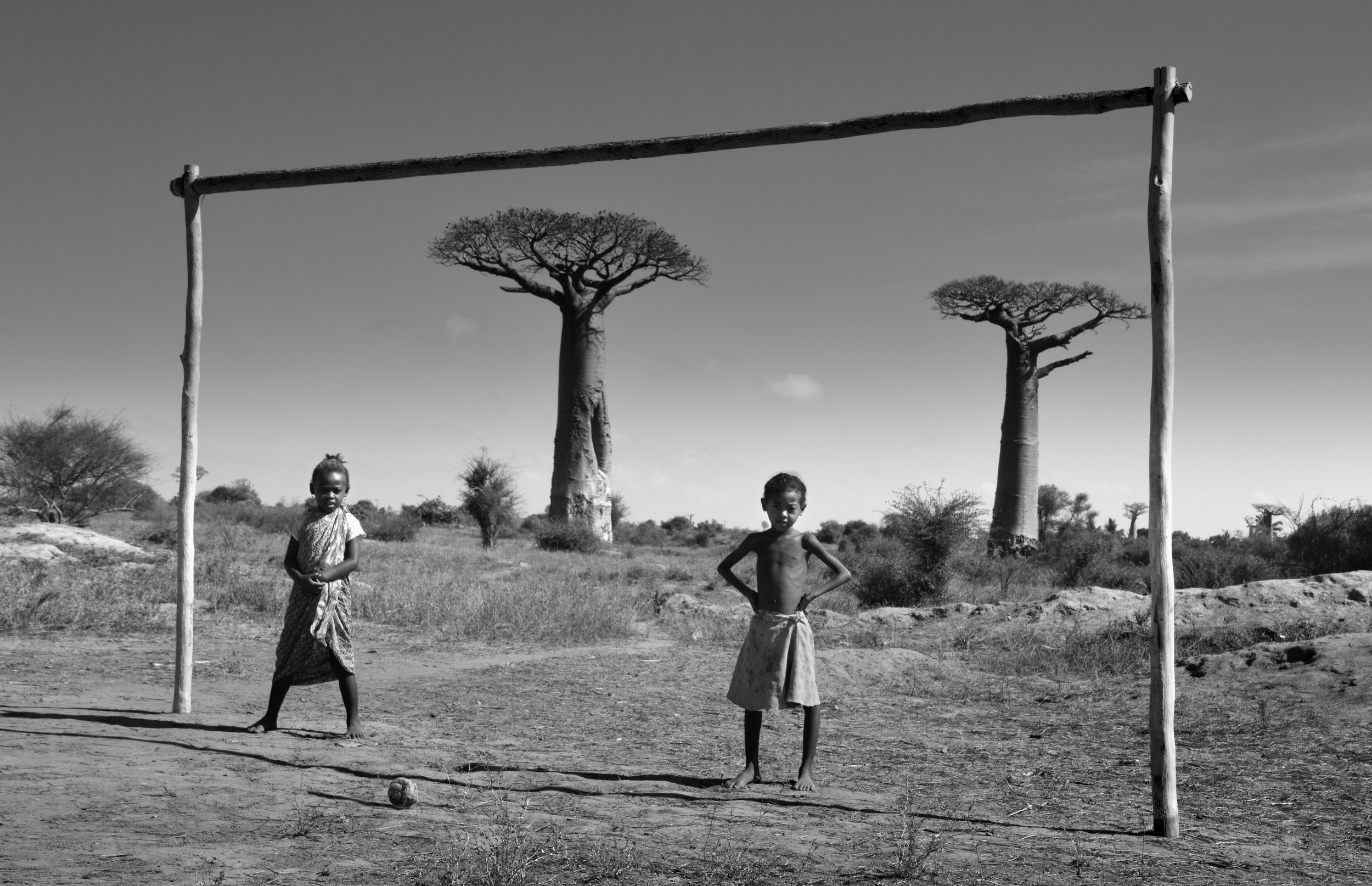Madagascar
The eyes capture you first – wide, intense and full of curiosity. Madagascar’s enchanting lemurs are the island’s most celebrated residents. Ring-tailed, Indri, Western fat-tailed dwarf and red ruffled are just a few of the members this enchanting primate family. There are dozens of species and subspecies found only here; the exact number varies widely among experts.
This is the world’s fourth-largest island, and has some 5,000 kilometers/3,107 miles of coastline and 220 small islands. Its varied landscapes range from the mountainous highlands with red lateritic soil and terraced rice fields; to the rainforest of the Eastern slope; to the semi-arid savannah and the canyons of the south; and the idyllic and still wild beaches. This is also the only place you will find seven of the world’s nine species of the baobab trees.
Indeed, the country is home to five percent of the world’s species. In addition to lemurs, the country boasts an astonishing diversity in flora and fauna that includes an incredible 208 species of tiger beetles alone, with 206 being endemic! Some 12,000 to 14,000 plant species have been identified, 85% of which are endemic. About 17 national parks and reserves that allow for close up exploring of the wildlife and flora. Berenty National Park on the southern end of the island is known for its tame ring-tailed lemurs and sifakas, while Andasibe-Mantadia has Indri lemurs that sing songs bizarrely similar to those of a whale.
Indeed, the islands are an expression of nature’s abundance, having endowed Madagascar with lush rainforests, waterfalls, stunning beaches, the iconic and whimsical-looking giant baobob trees. The wealth of wildlife includes the quirky lemur. There are some 100 existing species of lemurs from tiny mouse lemurs to the largest of the species, the indri, a little over two feet tall and weighing up to 22 pounds. From Latin, lemures, which means ghosts or spirits, are the smallest of the world’s primates.
Madagascar is also about the people. The island has been inhabited for at least 2,000 years. The Malagasies are a mix of immigrants and composed of some 18 different ethnic groups that come from a long history of trade and migration from throughout Indonesia, Africa and the Arabian Peninsula. They are united today in a common Malagasy culture and language, which reveals their rich and fascinating heritage. The island cuisine reflects this merging of cultures. But it begins with rice. Indeed, the word “eat” in Malagasy is mihinam-bary, which means “eat rice.” Over time, East African migrants, Arab and Indian merchants, and European traders added to the dietary mix. In modern Malagasy cuisine, garlic, onions, ginger, tomatoes, curry, coconut milk, vanilla, cloves and turmeric are common flavorings. Zebu, a type of African cattle, is a common meat, and peanuts, greens, bananas and rum all feature prominently. Madagascar is among the world’s main suppliers of vanilla, cloves, and ylang-ylang as well as a major provider of coffee, lychees and shrimp.
Madagascar presents water sports, from scuba diving to deep sea fishing. Bird watchers will spot species they have never seen before in their natural habitat. As well as the photogenic lemurs, photographers will relish the magnificent Avenue of the Baobabs, an extraordinary stand of huge baobab trees, and Tsingy de Bemaraha, a UNESCO World Heritage Site that features a raised limestone plateau that includes a frail, chaotic razor-sharp collection of pinnacles, also called the Labyrinth of Stone. From beaches and forests, to exceptional wildlife and welcoming people, Madagascar adds up to an outstanding island adventure.
From Big Five Tours







